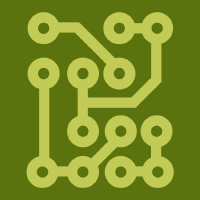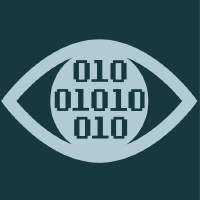Topic Menu
► Topic MenuTopic Editors

Computer Vision and Image Processing

Topic Information
Dear Colleagues,
Computer vision is a scientific discipline that aims at developing models for understanding our 3D environment using cameras. Further, image processing can be understood as the whole body of techniques that extract useful information directly from images or to process them for optimal subsequent analysis. At any rate, computer vision and image processing are two closely related fields which can be considered as a work area used in almost any research involving cameras or any image sensor to acquire information from the scenes or working environments. Thus, the main aim of this Topic is to cover some of the relevant areas where computer vision/image processing is applied, including but not limited to:
- Three-dimensional image acquisition, processing, and visualization
- Scene understanding
- Greyscale, color, and multispectral image processing
- Multimodal sensor fusion
- Industrial inspection
- Robotics
- Surveillance
- Airborne and satellite on-board image acquisition platforms.
- Computational models of vision
- Imaging psychophysics
- Etc.
Prof. Dr. Silvia Liberata Ullo
Topic Editor
Keywords
- 3D acquisition, processing, and visualization
- scene understanding
- multimodal sensor processing and fusion
- multispectral, color, and greyscale image processing
- industrial quality inspection
- computer vision for robotics
- computer vision for surveillance
- airborne and satellite on-board image acquisition platforms
- computational models of vision
- imaging psychophysics
Participating Journals
| Journal Name | Impact Factor | CiteScore | Launched Year | First Decision (median) | APC |
|---|---|---|---|---|---|

Applied Sciences
|
2.7 | 4.5 | 2011 | 16.9 Days | CHF 2400 |

Electronics
|
2.9 | 4.7 | 2012 | 15.6 Days | CHF 2400 |

Modelling
|
- | - | 2020 | 15.8 Days | CHF 1000 |

Journal of Imaging
|
3.2 | 4.4 | 2015 | 21.7 Days | CHF 1800 |

MDPI Topics is cooperating with Preprints.org and has built a direct connection between MDPI journals and Preprints.org. Authors are encouraged to enjoy the benefits by posting a preprint at Preprints.org prior to publication:
- Immediately share your ideas ahead of publication and establish your research priority;
- Protect your idea from being stolen with this time-stamped preprint article;
- Enhance the exposure and impact of your research;
- Receive feedback from your peers in advance;
- Have it indexed in Web of Science (Preprint Citation Index), Google Scholar, Crossref, SHARE, PrePubMed, Scilit and Europe PMC.
Related Topic
- Computer Vision and Image Processing, 2nd Edition (14 articles)

